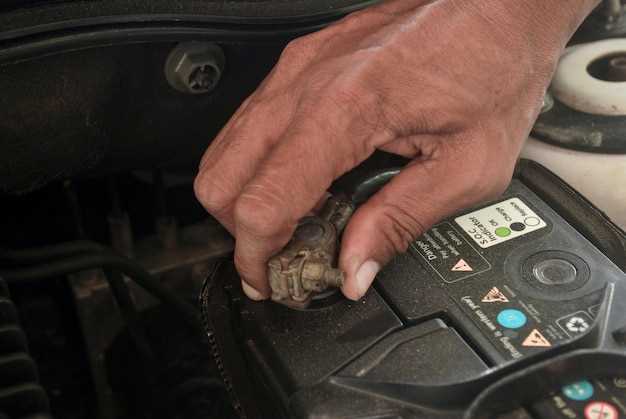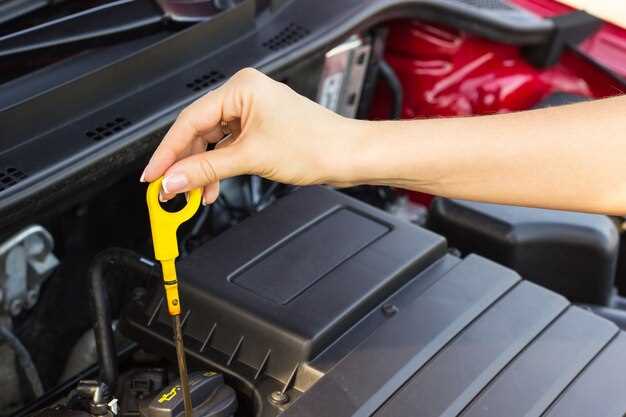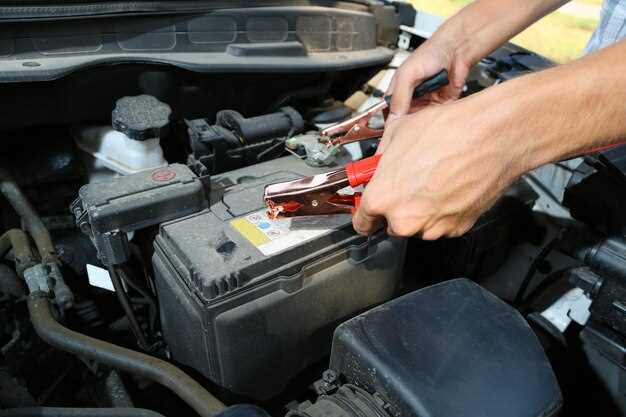
How to change a car battery safely
- Dominique Kaye
- 0
- Posted on

Changing a car battery is a necessary skill for any vehicle owner, but it also comes with its own set of safety concerns. Understanding the proper techniques is crucial to ensure that the process is both effective and safe. In this article, we will explore essential safety tips that will help you successfully navigate the task of replacing your car’s battery.
The car battery plays a vital role in your vehicle’s performance, providing the necessary power to start the engine and run electrical systems. However, without following the appropriate safety measures, the task can become hazardous. It’s important to recognize the risks involved, including acid spills, electrical shocks, and potential fires. By adhering to safety tips, you can minimize these risks and replace your battery with confidence.
Throughout this guide, we will discuss various techniques and tools that ensure a smooth battery change. From selecting the right equipment to following step-by-step instructions, we will cover everything you need to know to handle your battery safely and efficiently. Prepare to empower yourself with knowledge and take control of your vehicle’s maintenance while prioritizing your safety.
Step-by-Step Guide to Disconnecting the Old Battery

Replacing a car battery is a straightforward process, but it is essential to follow safety precautions. Here’s a step-by-step guide to disconnecting the old battery safely and efficiently.
1. Gather Necessary Tools: Before starting, collect all required tools. You will typically need a wrench or pliers for loosening battery terminal connections. Make sure to wear safety goggles and gloves to protect yourself from potential acid spills.
2. Ensure the Ignition is Off: Before touching the battery, ensure that the vehicle’s ignition is completely off. This step is crucial as it prevents any electrical shorts or sparks during battery disconnection.
3. Locate the Battery: Open the hood of your car and locate the battery. Most batteries are found on one side of the engine compartment. Make a note of the battery terminals – the positive (+) terminal is usually red, while the negative (-) terminal is black.
4. Disconnect the Negative Terminal: Begin by disconnecting the negative terminal. Use your wrench to loosen the nut securing the negative cable. Once loosened, gently pull the cable away from the terminal and tuck it to the side. This prevents accidental contact with the battery while you work.
5. Disconnect the Positive Terminal: After safely removing the negative connection, repeat the process for the positive terminal. Loosen the nut and then carefully pull the positive cable away. Make sure that the cables do not touch each other to avoid any short circuits.
6. Remove Any Hold-Down Clamps: Check for any battery hold-down clamps or brackets that secure the battery in place. If present, use the appropriate tool to remove them. Store the clamps in a safe place for reinstallation after the new battery is in place.
7. Lift Out the Old Battery: Once all connections are removed and clamps are gone, carefully lift the old battery from its tray. Batteries can be heavy, so use proper lifting techniques to avoid injury. If the battery appears to be leaking, handle it with extra caution.
8. Inspect the Battery Tray: Before installing the new battery, take a moment to inspect the battery tray for corrosion or debris. Clean any accessible areas to ensure a secure and clean installation of the replacement battery.
By following these tips for disconnecting the old battery, you can ensure a safe and effective battery replacement process. Proper handling during these steps is crucial for both your safety and the longevity of your vehicle’s electrical system.
Choosing the Right Replacement Battery for Your Vehicle

Selecting the appropriate replacement battery for your vehicle is crucial for ensuring optimal performance and safety. Start by referring to your vehicle’s owner manual, which will provide specifications such as the required size, type, and cold cranking amps (CCA). This information is essential for compatibility and will help you avoid potential issues.
Next, consider the type of battery you need. There are various options, including lead-acid, absorbed glass mat (AGM), and gel batteries. Each type has its own advantages and disadvantages. For instance, AGM batteries are known for their durability and safety, making them ideal for vehicles with advanced electrical systems.
When choosing a replacement battery, pay attention to the warranty. A longer warranty period usually indicates higher quality and reliability. It can also provide peace of mind regarding safety, as a reputable manufacturer is more likely to stand behind their product.
Additionally, always check the manufacturing date on the battery. A newer battery is more reliable and reduces the risk of encountering issues soon after installation. Ideally, choose a battery that is less than six months old to ensure maximum performance.
Lastly, don’t forget to consider your driving habits and climate. If you live in an area with extreme temperatures or use your vehicle for short trips frequently, investing in a high-quality battery that can withstand such conditions is wise. Following these tips will help you select the right replacement battery, ensuring both performance and safety for your vehicle.
Safety Gear and Precautions During Battery Replacement
When undertaking a battery replacement, ensuring safety should be your top priority. Proper safety gear is essential to prevent accidents and injuries. Start by wearing safety goggles to protect your eyes from any potential acid spills or electrical sparks. Gloves made of rubber or nitrile should be worn to shield your hands from corrosive substances and provide insulation against electric shock.
Additionally, consider using a face mask to avoid inhaling any harmful fumes that could be released during the process. It’s also wise to keep a fire extinguisher nearby, especially if you are working with a lead-acid battery, as these can emit flammable gases.
Before beginning the replacement, ensure your vehicle is parked on a level surface, and the ignition is turned off. Engage the parking brake to prevent any movement. When disconnecting the old battery, always remove the negative terminal first, followed by the positive. This reduces the risk of short-circuiting and enhances safety. When installing the new battery, connect the positive terminal first to avoid any mishaps.
If you’re working in a confined space, ensure proper ventilation to disperse any potentially hazardous gases. Follow these tips closely to make your battery replacement process safe and efficient.
